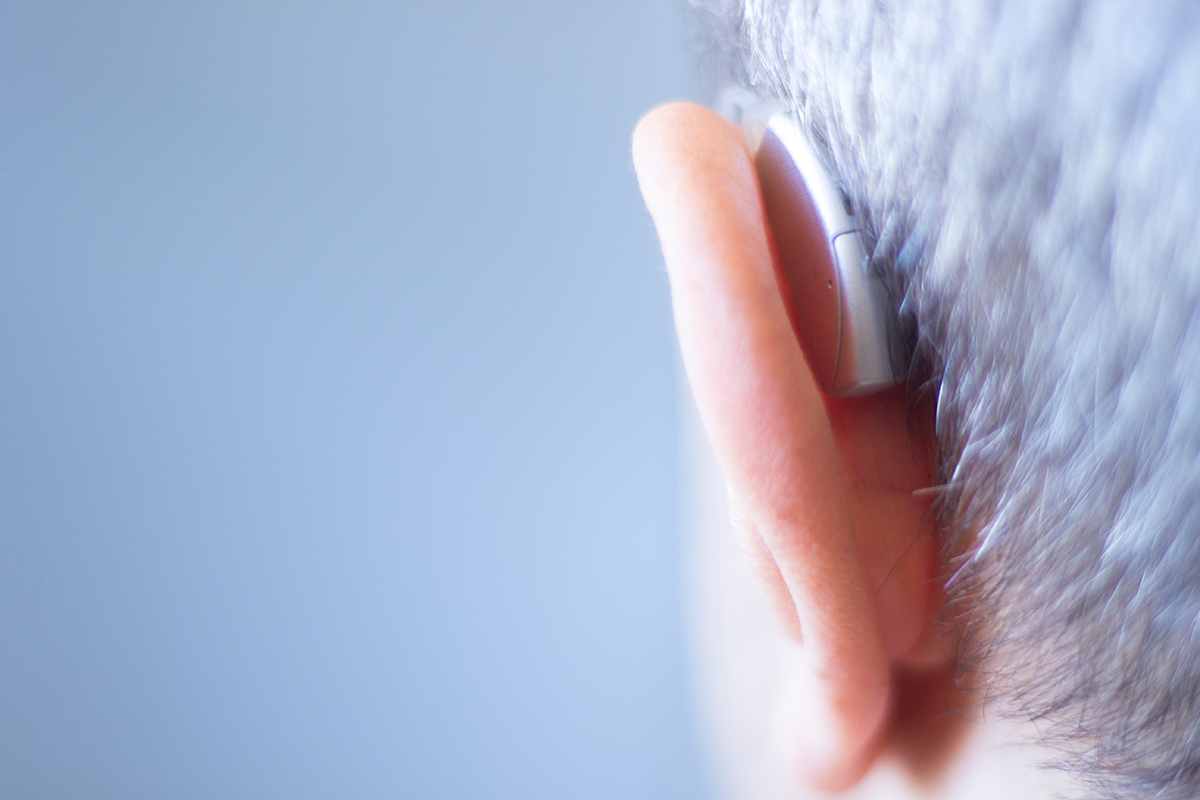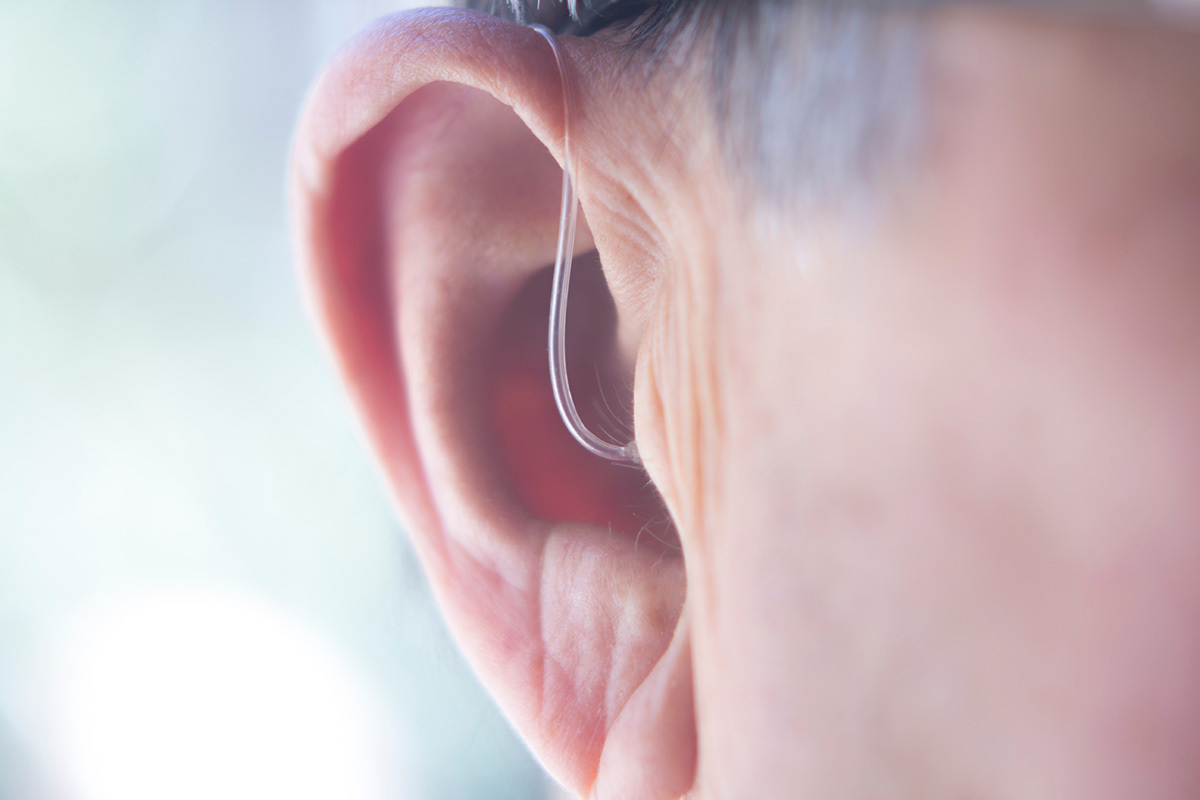We’re here to help
If you have a question, want some more information or would just like to speak to someone for support click on the links below and we will be able to help you.
Contact us for support Call us on 08 8100 8209
That’s why we spend time with you, discussing your needs and preferences, and choosing the right fit for your lifestyle.
Hearing devices come with different levels of technology.
The capabilities of each hearing device changes with each technology level, and can include:
When choosing the right technology level, your audiologist will start by discussing with you what your hearing needs or goals are. For example, it may be ‘to hear my granddaughter better’, or ‘to hear better at the local pub on a Friday night’.
Your hearing goals can then be matched to the technology available, to work out which device is best for your needs.
While many hearing aid manufacturers make excellent hearing aids, there will likely be specific manufacturers that make devices that better suit your needs.
You might feel that choosing and investing in a hearing aid could be an overwhelming experience, but rest assured – our Can:Do audiologists have the expertise and experience to help recommend the right device for you.
As an independent audiology clinic Can:Do Hearing has access to an enormous range of hearing aid from all trusted manufacturers.
Hearing aids come in lots of shapes and sizes, and, together with your audiologist, you’ll be able to find the design that best benefits you.
When looking at styles, there are two main categories of hearing aid. Those which go behind the ear, and those whose parts fit wholly within the ear. Within each of those categories, there are many shapes and sizes! Here’s a closer look

A standard behind the ear device has all its ‘mechanical’ parts in the body of the hearing aid which sits over the ear. It then has a plastic tube that’s connected to a dome or a mould to deliver sound into the ear canal. If the tubing is thin with a small dome fitting, then it is what we call an open fit behind the ear device. Many BTE devices are small and discreet behind the ear. A high powered BTE has the same physical characteristics but is typically slightly larger type with a thick tube and custom mould.
Benefits of a standard BTE device include:
* Severe or profound hearing losses may require a high-powered BTE

A receiver in the canal hearing aid can look very similar to an open fit BTE. It has a small over the ear portion which houses most of the mechanical aspects of the hearing device. The main difference however is that in an RIC, a wire runs from the hearing aid body to a small speaker (or receiver) which sits in the ear canal to deliver the sound to the ear.
Benefits of an RIC device include:
A custom in the ear device has all its mechanical parts in a shell that is custom-made to fit in your ear. There are no parts over the ear with these devices. In the ear devices come in a range of sizes, some which fill the entire ear, right down to those which are practically invisible to the outside world, known as an invisible in the canal (IIC) device.
When it comes to choosing the size of the in the ear device, those which fill all or half of the ear typically have more power. They may also have technical features such as connectivity to mobile devices, and more sophisticated background noise reduction than their smaller counterparts.
Benefits of in the ear device include:
Hearing loss levels are only one factor that dictate which style may suit you best. Your hearing goals, manual dexterity and funding options may also be a factor in your decision-making. Your audiologist will spend time discussing which models best suit all of your needs to ensure that you are choosing the best model for you.
*Severe hearing losses may require a full ear sized ITE
Hearing aids are an ‘aid’ for your hearing, and while they are fantastic at improving hearing abilities, there are times when hearing aids alone are not enough. In these cases, hearing aid users can use accessories with their hearing aids to maximise their hearing abilities.
This may include:
Some hearing aids have the capacity to be recharged. This reduces the need to buy disposable batteries, thus saving cost over time as well as reducing environmental impact. Rechargeable hearing aids are also good for those who have difficulties changing batteries.
We recommend adding your hearing aids to your contents insurance.
It’s best policy to do so.
Adding your hearing aid to your contents insurance generally covers theft, loss, or damage. Policies vary, but often include replacement cost and 24/7 support. It’s good to check.
If we can be of assistance, let us know! Just ask.
If you have a question, want some more information or would just like to speak to someone for support click on the links below and we will be able to help you.
Contact us for support Call us on 08 8100 8209